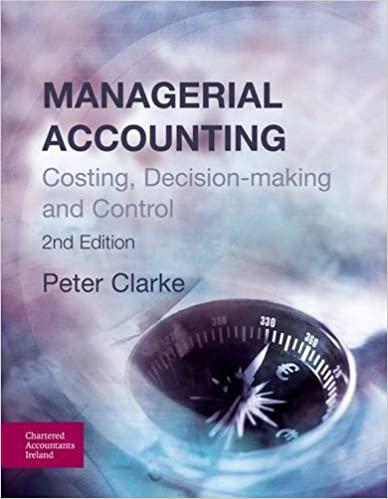Question 7 1 points The term wally used to describe the situation where a lessee has an option to purchase the leased property at a price that is sufficiently lower than its fair market value so that the exercise of the option appears reasonably assured is 1. assured purchase option O2 bargain buy-out option. 03. bargain purchase option 4 bargain renewal option Question 9 Earnings per share is computed on the basis of: O 1. A weighted average of the number of common shares outstanding during the year. 2. A weighted average of the number of preferred and common shares outstanding during the year. 3. The number of common shares outstanding at the end of the year. 4. The number of common and preferred shares outstanding at the end of the year. Question 10 Cash dividends sometimes are declared in one reporting period and are payable in the next reporting period. The dividend should be recorded on the 1. Payment date 2. Declaration date 3. Record date 4 Either the declaration, record, or payment date, as preferred by the company Question 11 A 3-for-1 common stock split, 1. Decreases retained earnings by the par value of shares distributed in the split O2. Will likely not affect the market value of the stock 3. Has no effect on common share account 4. Will cause a change in the allocation of dividends to common stock relative to preferred stock Question 12 The indirect method for preparation of the operating activities section of the statement of cash flows involves adjustments: 1. For income statement items involving operating activities that do not affect cash infows or outlows. 2 To eliminate pains and losses resulting from investing and financing activities. 3. For changes in noncash current assets and current liabilities 4. For income statement items involving operating activities that do not affect cash inflows or outflows and for changes in noncash current assets and current liabilities 5. All of these answers are correct. If preferred shares are callable, then: 1. The corporation may, at its option, purchase the preferred shares for a specified cash price. 2. The preferred shareholder can turn the preferred shares in for a specified cash price. 3. The shareholders can exchange the preferred shares owned for common shares. 4. There cannot be dividends in arrears












